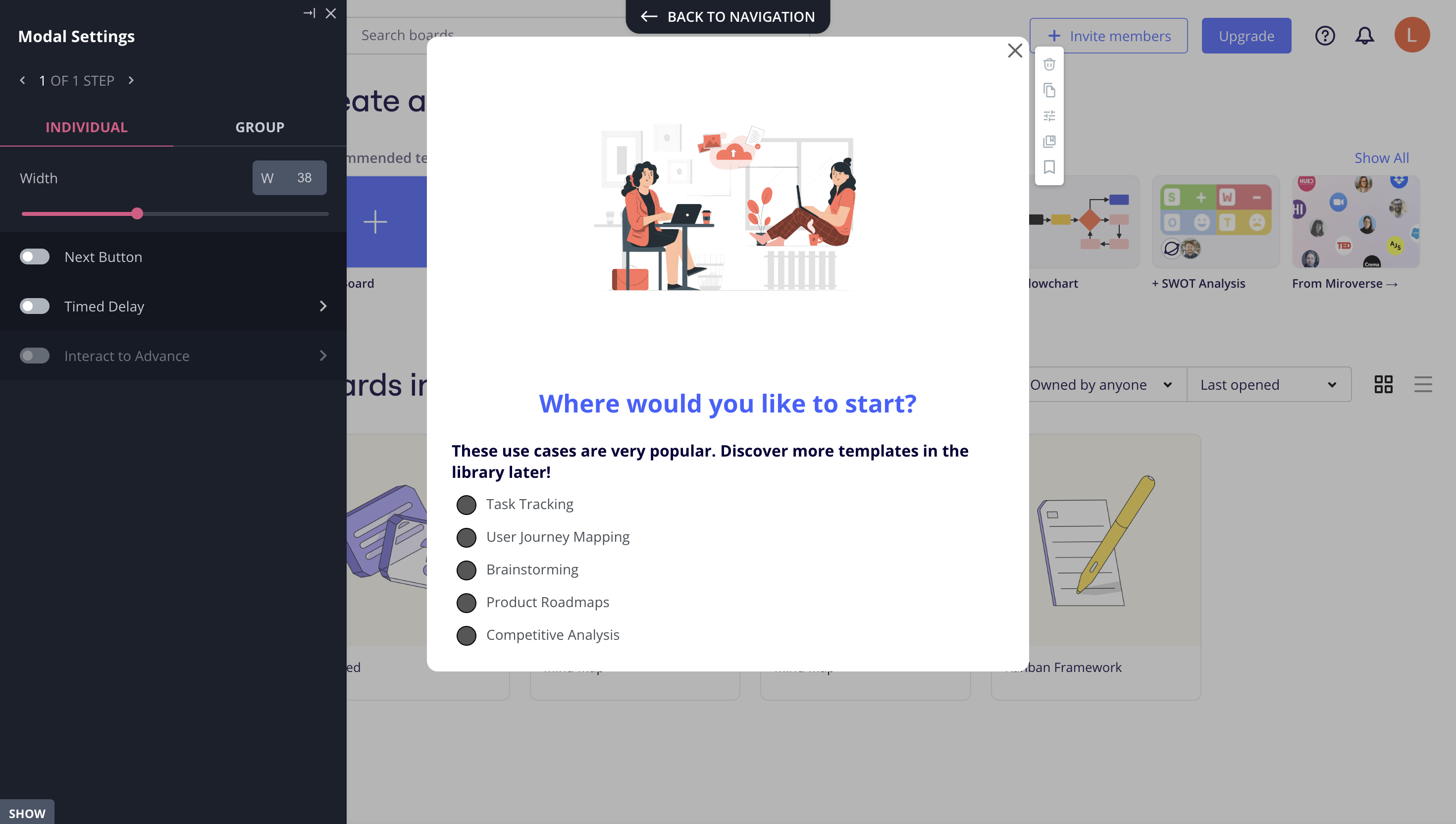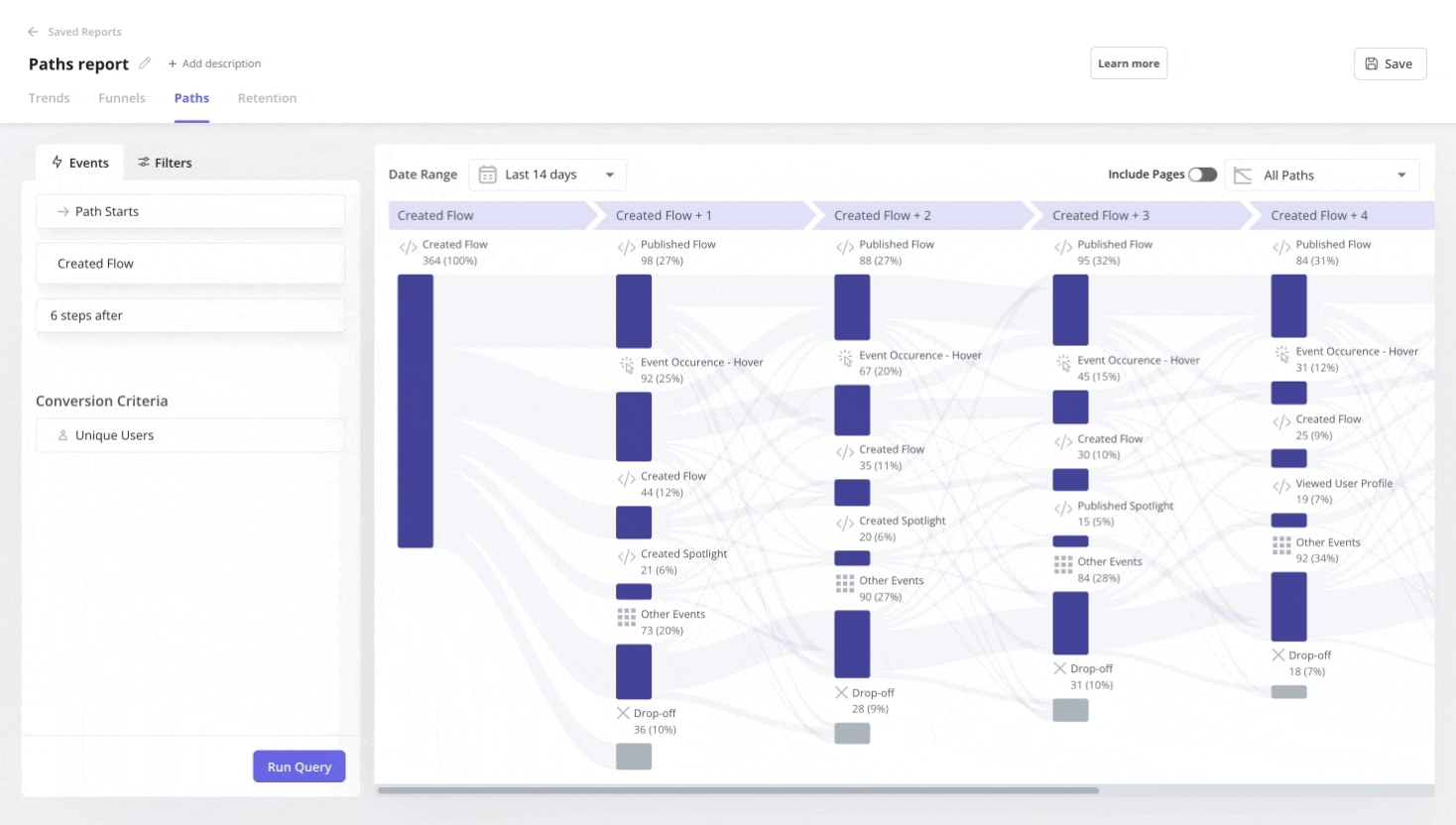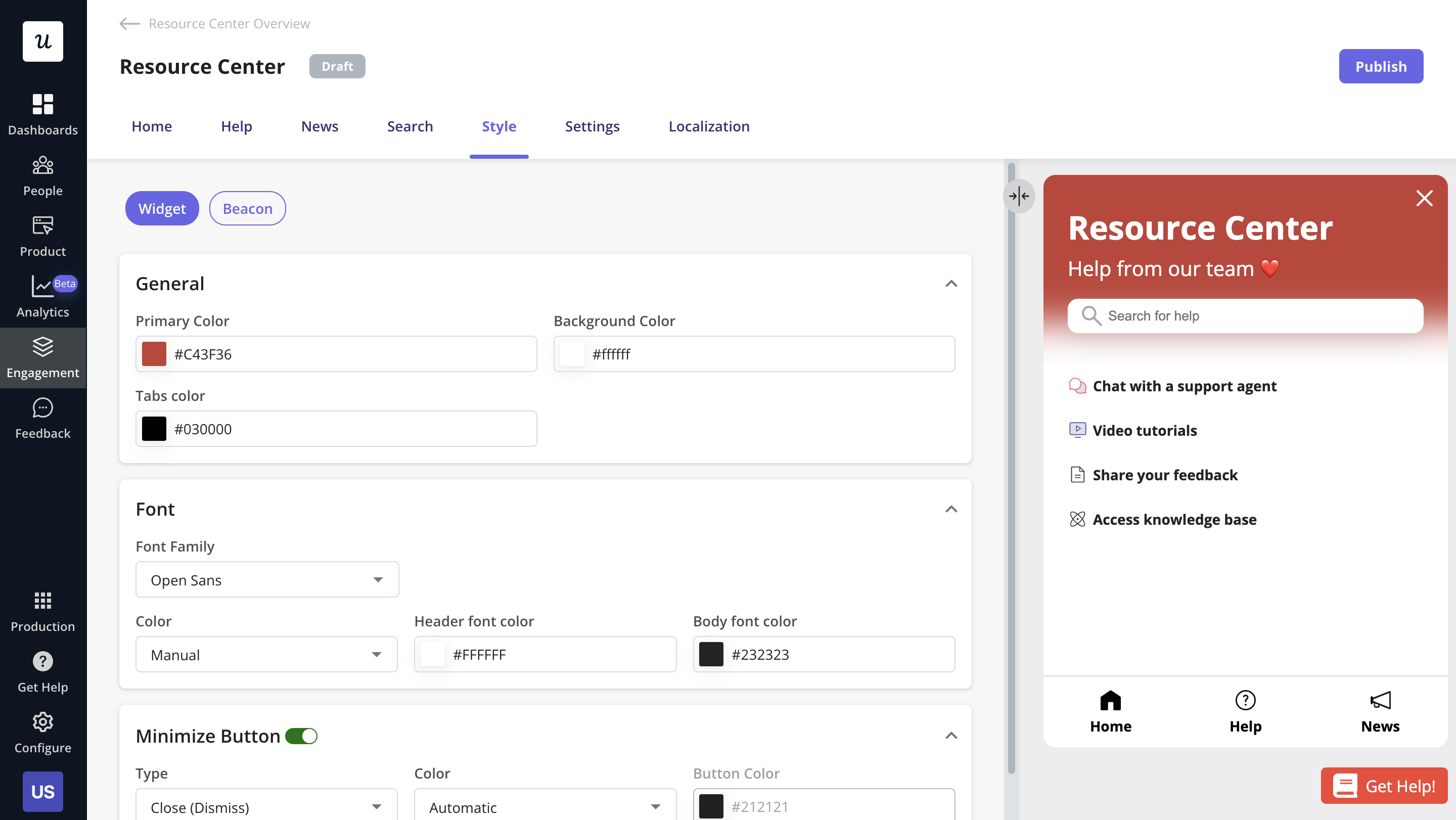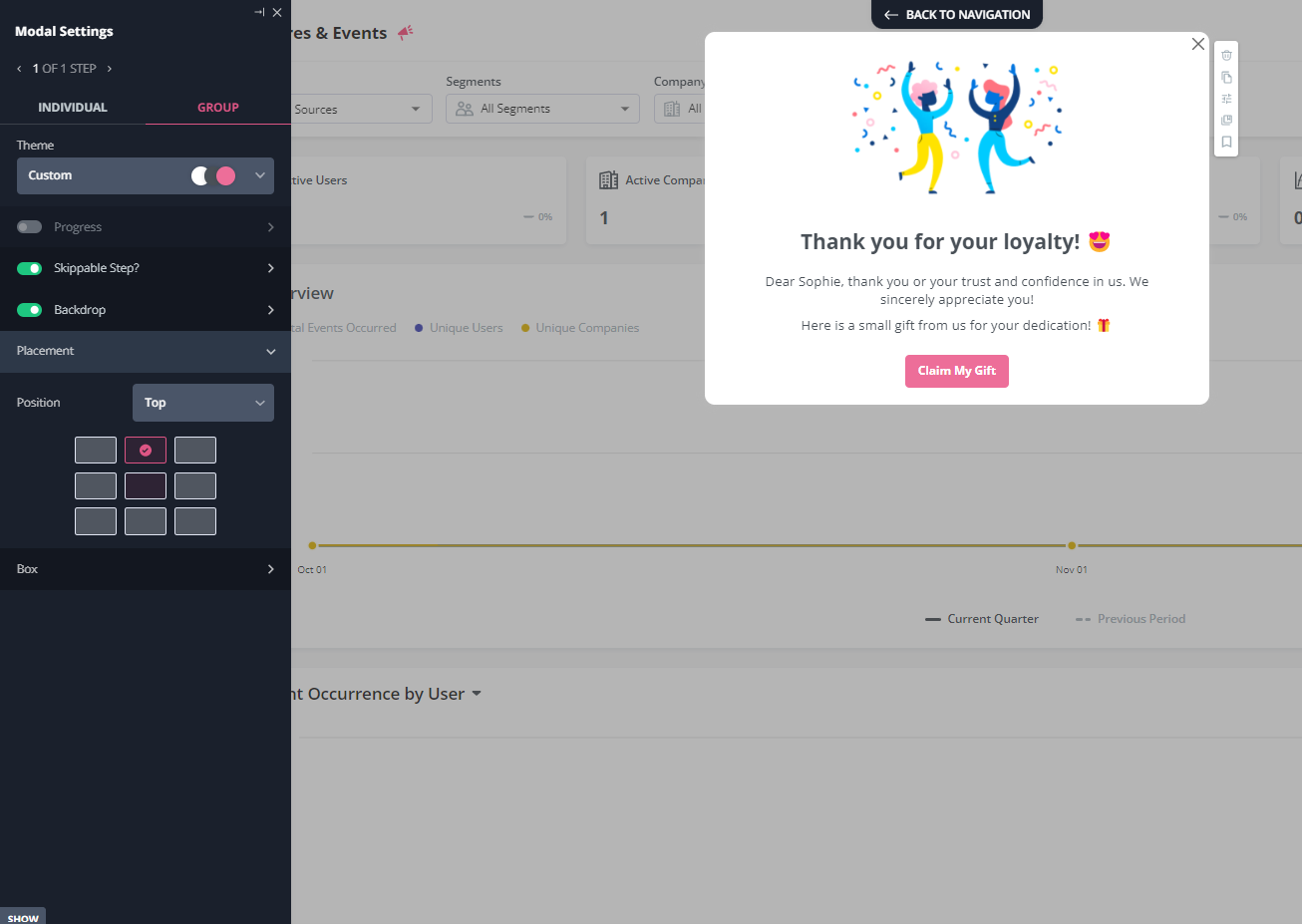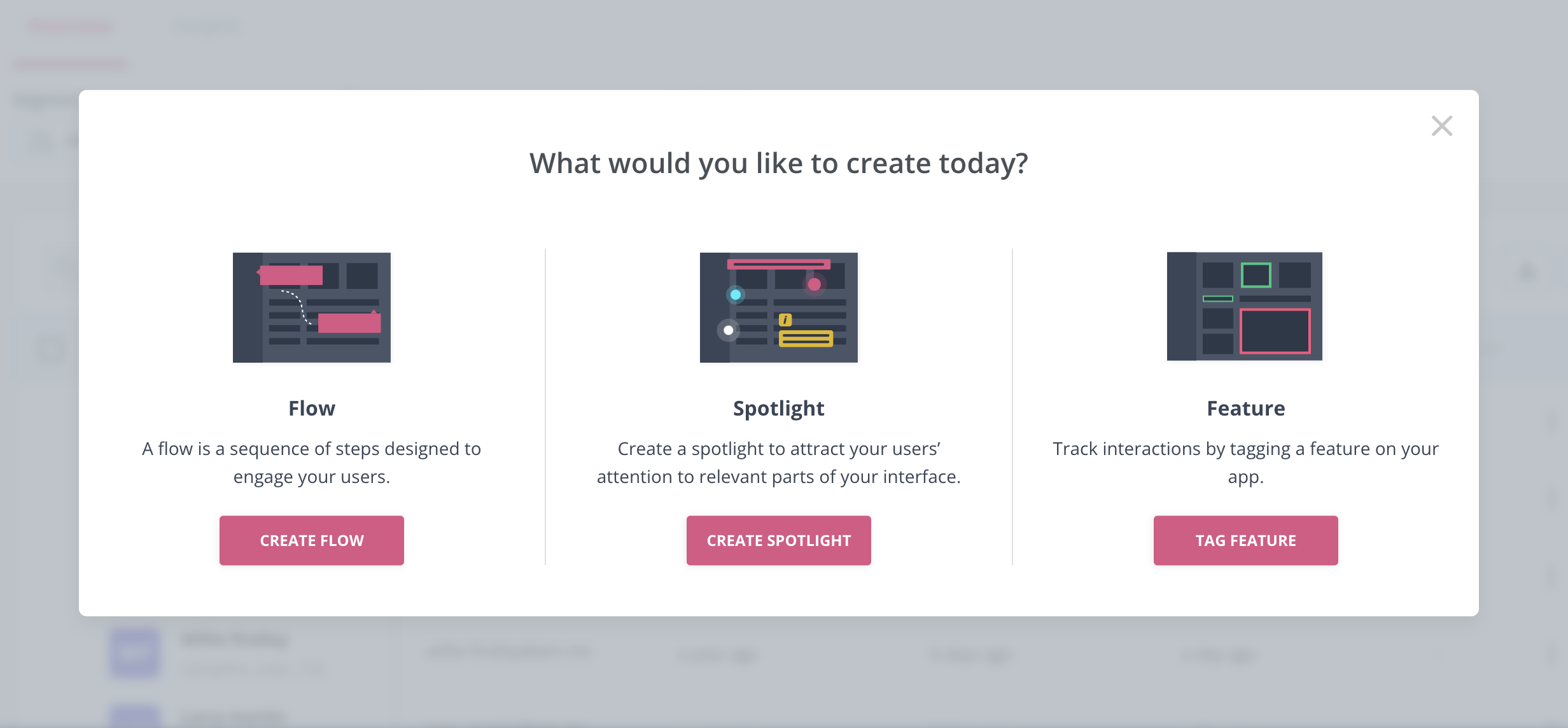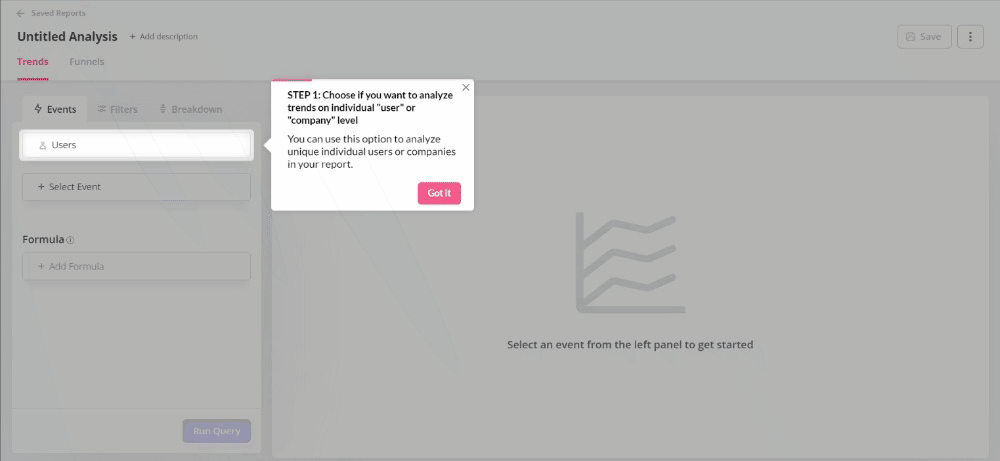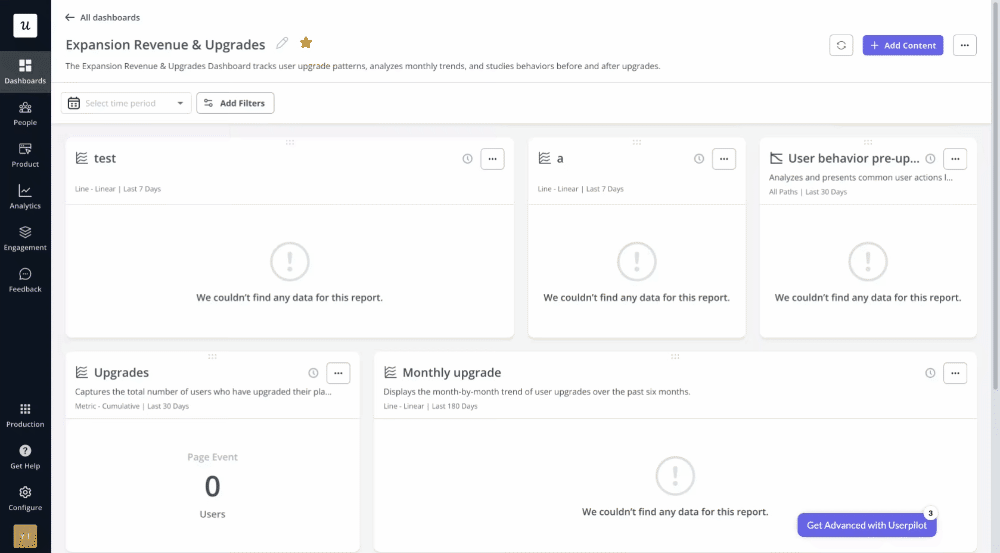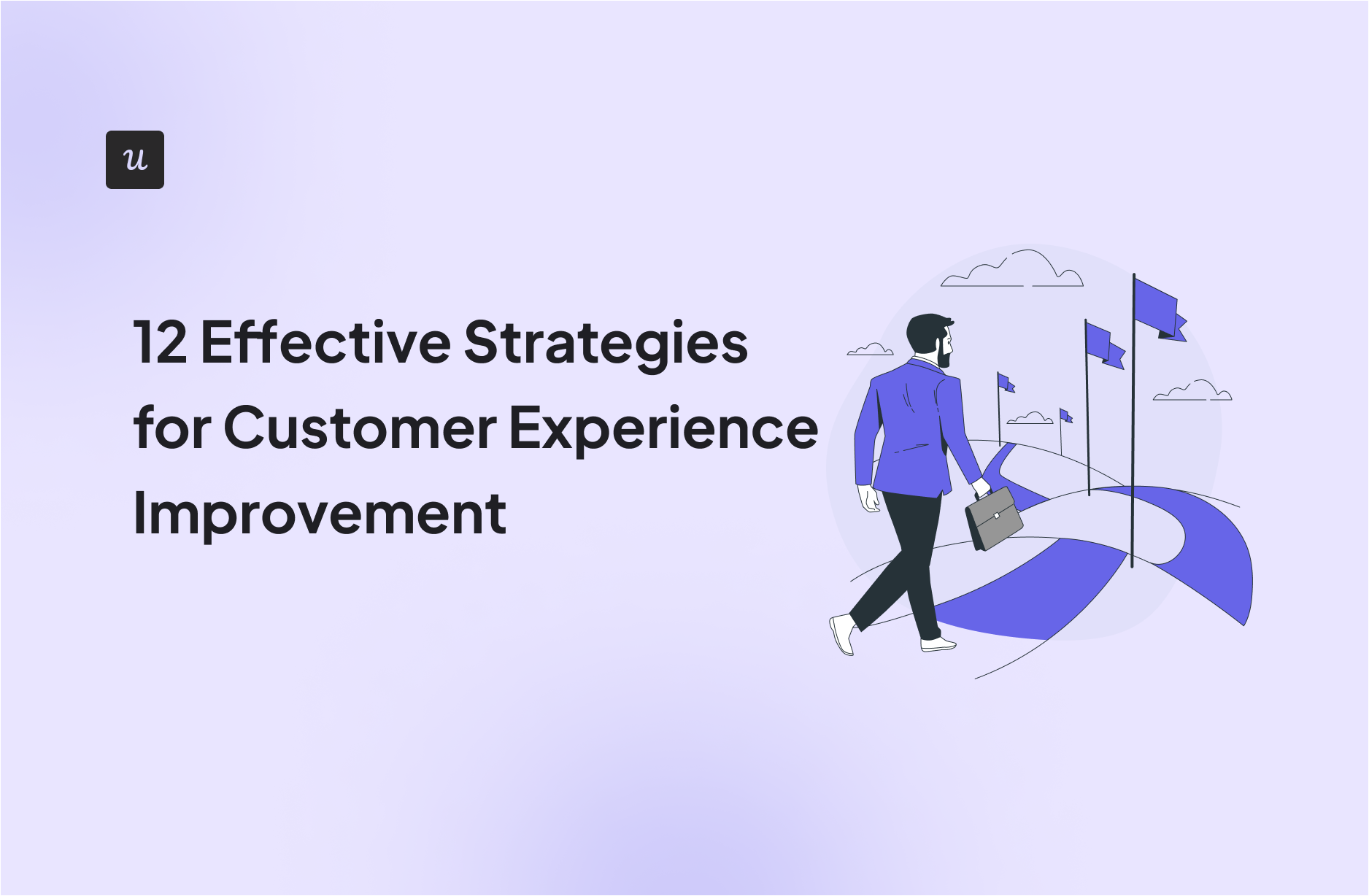
Curious about customer experience improvement and how to get started for your brand? Look no further. In this article, you’ll discover:
- Why the customer experience is key to customer retention and driving business growth, especially for SaaS companies.
- 12 practical strategies for improving customer experience strategy.
- How to implement these strategies with Userpilot.
Let’s roll.
Get The Insights!
The fastest way to learn about Product Growth, Management & Trends.
What is customer experience and why is it important for SaaS?
Customer experience refers to the overall perception and satisfaction a customer has with a company’s product or service. It encompasses every interaction a customer has with the brand, from the first contact to post-purchase support.
In the SaaS industry, customer experience plays a critical role in driving success and growth. SaaS companies rely on recurring subscription revenue, and maintaining a positive customer experience is crucial for customer retention and reducing churn.
By providing excellent customer service, personalized interactions, and seamless user experiences, SaaS companies can not only attract new customers but also foster long-term relationships and achieve customer loyalty.
Furthermore, a positive customer experience can lead to positive word-of-mouth, referrals, and ultimately, increased revenue for the SaaS business. Therefore, prioritizing and investing in customer experience is essential for SaaS companies to thrive in today’s highly competitive market.
12 Customer experience strategies to drive retention in SaaS
Here are twelve customer experience strategies that can help drive retention in SaaS:
Personalize the customer journey
Personalization is key to creating a more engaging and relevant user experience.
By leveraging user data with welcome surveys, SaaS companies can tailor the customer journey to individual preferences and customer needs.
Customized experiences can include personalized onboarding flows, checklists, and in-app microcopies.
Exceed customer expectations with an omnichannel customer experience strategy
Delivering a consistent experience across multiple channels is crucial for retaining customers. Omnichannel strategies combine different communication channels such as email, chat, social media, and phone to create a seamless and integrated experience.
By providing a unified omnichannel approach, customers can receive the same level of service and support across all touchpoints.
Duplicate the customer journey maps of power users for new users
Power users are those who have successfully navigated the customer journey and found meaningful value in the product.
Replicating the journey maps of power users and applying them to newer customers is a highly effective retention strategy.
By replicating successful paths, SaaS companies can ensure that new customers quickly find value in the product.
Effectively train your customer success team and customer service team
Customer success and service teams are critical to delivering outstanding customer experiences. By providing effective training, teams can gain the knowledge and skills they need to prioritize customer experience.
Effective training can include product-specific education, problem-solving skills, communication training, understanding what customers expect, and more.
Guide your customer’s journey with in-app checklists
In-app checklists can provide a structured path for users to follow, ensuring they get the most out of the product.
These interactive checklists guide users through key features and actions and may include interactive walkthroughs to help users adopt a feature. By providing these in-app guides, SaaS companies can increase the chances of customers achieving their desired outcomes.
Provide great customer service with an in-app help center
An in-app help center provides context-sensitive support to users when they need it most. By integrating a help center within the app, customers can quickly receive support without having to switch to another channel or reach out to your customer support.
In-app help centers may include FAQs, knowledge bases, chatbots, and more.
A/B test onboarding flows to see which one results in positive customer experiences
Onboarding flows are critical to successful customer experiences and retention.
By A/B testing different onboarding flows, SaaS companies can identify the most effective approach to create positive customer experiences. Based on the results, companies can optimize the onboarding flow to improve customer satisfaction and retention.
Constantly collect customer feedback and improve customer satisfaction accordingly
Gathering feedback from customers is a powerful tool for improving customer satisfaction. SaaS companies should continuously solicit feedback from customers through surveys, interviews, and other methods.
By reviewing customers’ honest feedback, companies can identify common pain points and take targeted actions to address them.
Deliver proactive customer experiences to avoid friction
Identifying potential issues before they impact the customer experience is key to mitigating churn. SaaS companies should proactively monitor user activity and intervene if necessary.
For this, you need to pay constant attention to product usage to identify any negative trends at the beginning so you can proactively reach to your target customers and improve their experience.
Create a loyalty program to increase customer lifetime value
Loyalty programs incentivize continued engagement and reward customer loyalty.
By offering rewards, discounts, and other benefits, companies can increase customer lifetime value and foster long-term relationships.
Use NPS to identify unhappy customers and proactively improve their experience
Net Promoter Score (NPS) is a valuable metric for tracking customer satisfaction and identifying unhappy customers.
Companies should solicit NPS feedback regularly and use it to identify customer pain points. Based on NPS feedback, companies can take targeted actions to address customer concerns and improve their overall experience.
Measure your customer experience strategy with a dedicated analytics dashboard
Analytics dashboards provide valuable insights into customer behavior and journey. Companies should use analytics tools to track key metrics such as churn rate, user engagement, and customer feedback.
By reviewing analytics data, companies can identify trends, find root causes for issues, and measure the overall success of their customer experience strategy.
How to improve your customer experience with Userpilot
Userpilot is a powerful platform designed to help SaaS companies streamline their customer experience strategy, drive user retention, and enhance overall customer satisfaction.
By leveraging Userpilot’s innovative features, SaaS companies can create personalized onboarding experiences, gather valuable user feedback, and continuously optimize the customer journey to achieve long-term success.
Userpilot offers the following key features to improve customer experience and drive retention:
Personalized Onboarding Experiences: Create custom onboarding flows based on user personas and behaviors to ensure a tailored and engaging onboarding process.
Interactive Walkthroughs and Checklists: Provide interactive in-app guides and checklists to lead users through key features and actions, ensuring they get the most out of the product.
Feedback Collection and Analysis: Gather real-time user feedback through embedded surveys and NPS prompts, and analyze the data to make informed decisions and address customer concerns.
Behavioral Segmentation: Segment users based on their behavior and engagement patterns to personalize their experience and drive targeted actions for retention.
A/B Testing and Personalization: Conduct A/B tests to optimize the onboarding experience and personalize interactions based on user preferences and feedback.
Real-time User Analytics: Access comprehensive analytics and user behavior insights to track and measure the success of onboarding strategies and customer engagement with analytics dashboards.
With Userpilot’s robust set of features, SaaS companies can enhance their customer experience strategies, reduce churn, and foster long-lasting customer relationships, ultimately driving retention and revenue growth.
Conclusion
And that’s a wrap! Implementing the strategies above will completely revolutionize how customers interact with your tool.
The customer journey will be more fun and users will get their jobs done effectively. However, keep in mind that this is an ongoing process, so continue tracking your results and making better decisions.
Userpilot is here to help you with this process. Book a demo and let’s discuss how to automate and scale your customer experience improvement efforts.

